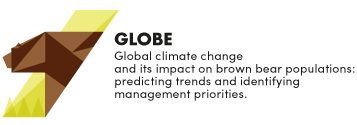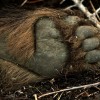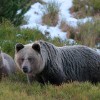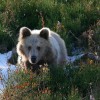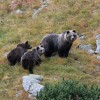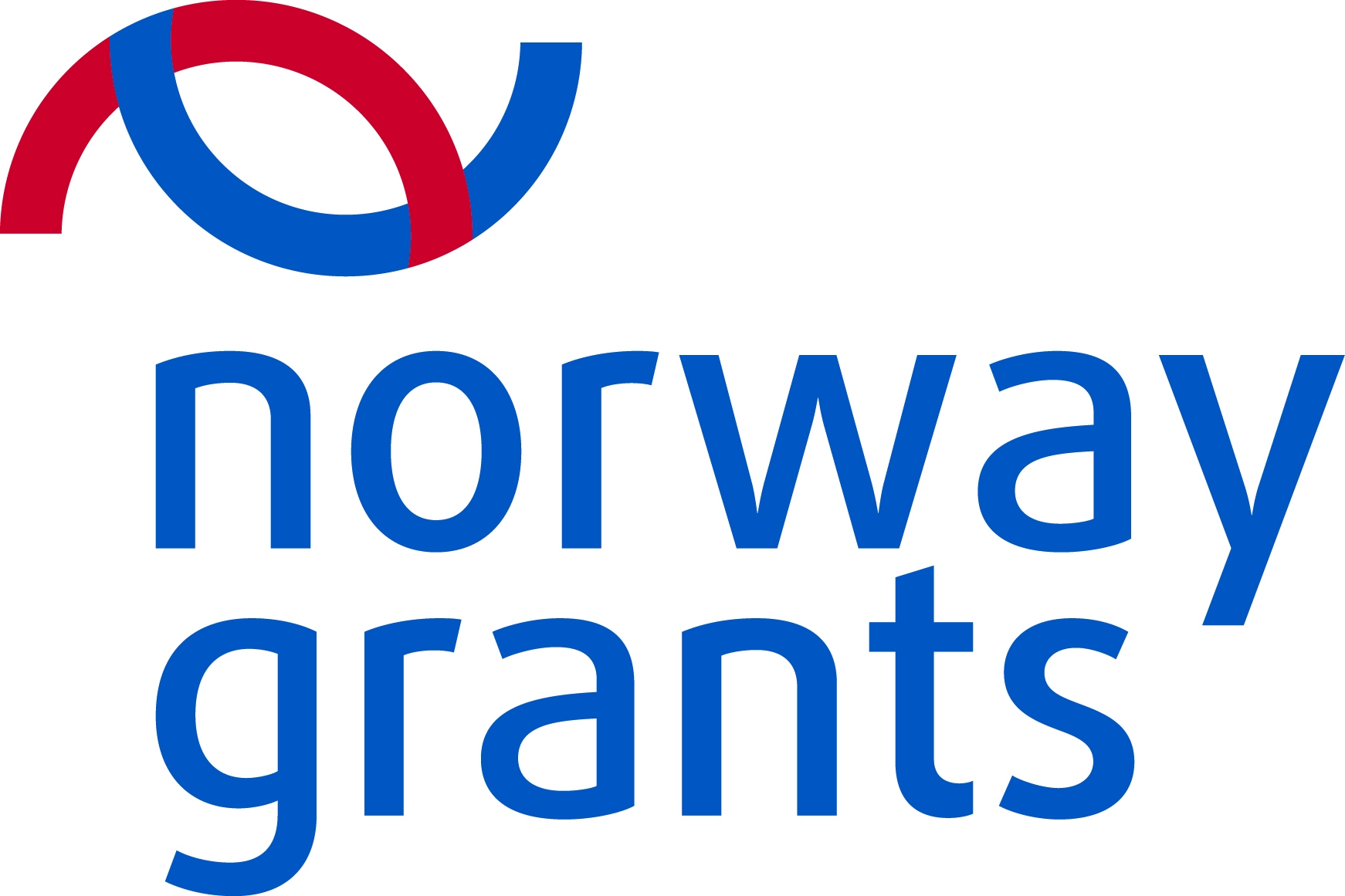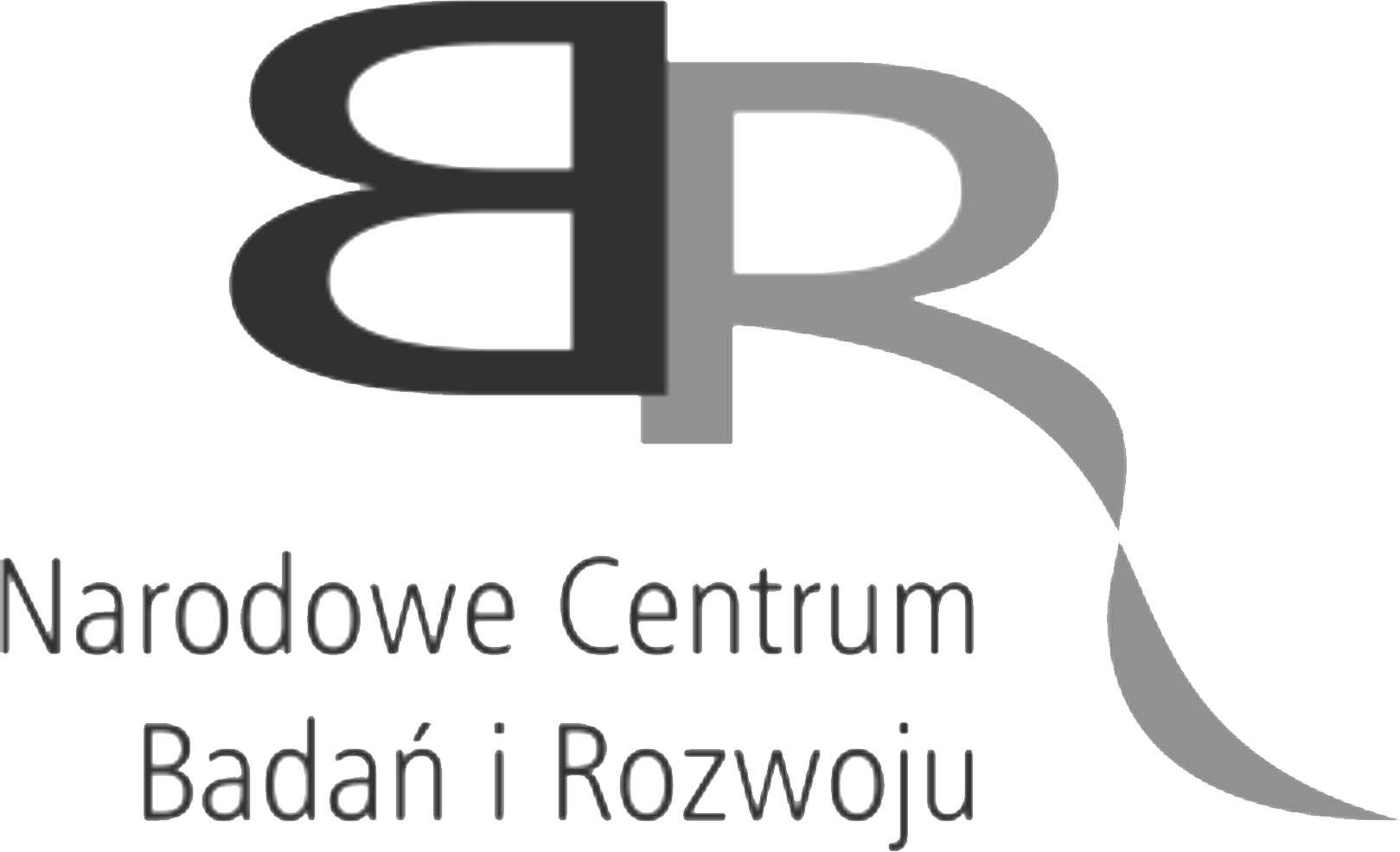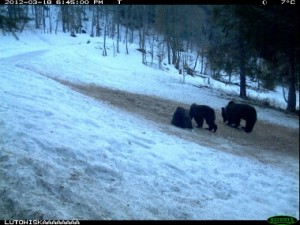 Humans have never provided so much food to wildlife. Wildlife feeding is widespread, but not necessarily good for wild animals and ecosystems. A new study warns that deer feeding may have unintended consequences. It affects not just deer but also changes the movement behavior of brown bears that now routinely visit feeding sites for deer. Researchers call for an urgent reevaluation of wildlife feeding practices.
Humans have never provided so much food to wildlife. Wildlife feeding is widespread, but not necessarily good for wild animals and ecosystems. A new study warns that deer feeding may have unintended consequences. It affects not just deer but also changes the movement behavior of brown bears that now routinely visit feeding sites for deer. Researchers call for an urgent reevaluation of wildlife feeding practices.
Artificial feeding of ungulates, such as deer and wild boar, is common in some countries as part of hunting management. Ungulate food, which may include corn, grain and beetroots, is not only changing the behavior of ungulates -the target animals of this practice- but also the behavior of non-target species, like the brown bear, a new study shows. Researchers inventoried more than 200 ungulate feeding sites in the Eastern Polish Carpathians and analyzed more than 1600 km of tracks from GPS-tagged brown bears to calculate how frequently the bears visited these sites. Then, they simulated how the bears might move if unaffected by the presence of the feeding sites. Researchers found that bears visited the ungulate feeding sites three times more frequently than they would if moved randomly. “Bears regularly patrol the feeding sites. Artificial feeding is fixing animals to these places and making their movements shorter”, said Nuria Selva, from the Institute of Nature Conservation in Krakow and lead author of the study. “Long-distance movements are crucial for preserving and connecting bear populations, particularly in fragmented landscapes. These long-distance movements may be jeopardized by the practice of feeding other species”, Selva adds.
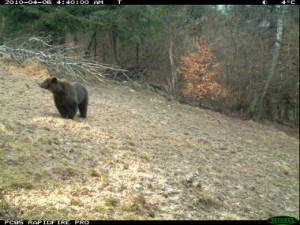 Researchers also snowtracked untagged bears for more than 200 km and found that visits to feeding sites were frequent even in winter. “There are a number of studies showing that artificial feeding affects the diet and wintering patterns of brown bears. The magnitude of the issue is substantial, seeing as six of the ten European bear populations are in areas where artificial feeding is common”, explains Claire Teitelbaum, co-author of the study from the Senckenberg Biodiversity and Climate Research Centre in Frankfurt. In the study area, managers provide as much as 2.5 tonnes/km2 of artificial food per year. The authors highlight the need to ban, limit or modify artificial feeding in brown bear areas, for instance by using hay as ungulate food instead of corn, grain, beetroots or other potential bear foods.
Researchers also snowtracked untagged bears for more than 200 km and found that visits to feeding sites were frequent even in winter. “There are a number of studies showing that artificial feeding affects the diet and wintering patterns of brown bears. The magnitude of the issue is substantial, seeing as six of the ten European bear populations are in areas where artificial feeding is common”, explains Claire Teitelbaum, co-author of the study from the Senckenberg Biodiversity and Climate Research Centre in Frankfurt. In the study area, managers provide as much as 2.5 tonnes/km2 of artificial food per year. The authors highlight the need to ban, limit or modify artificial feeding in brown bear areas, for instance by using hay as ungulate food instead of corn, grain, beetroots or other potential bear foods.
“Movement is a fundamental part of the life of any animal. Changing movement behavior can be a sign of environmental degradation. There is an urgent need to preserve natural movement behaviors and reevaluate management practices that involve provisioning wildlife”, says Thomas Mueller, expert in animal movement at Senckenberg. “It is not only important to preserve a large number of bears, but also bears with natural behavior. We need to move beyond numbers and start working on the preservation of behaviors”, adds Mueller.
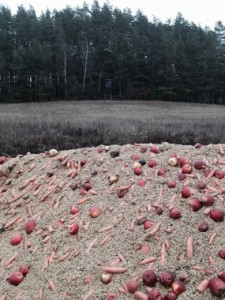
The study, just published in Basic and Applied Ecology, is fruit of the cooperation among researchers from the Institute of Nature Conservation (Polish Academy of Sciences); the Senckenberg Biodiversity and Climate Research Centre & Goethe University Frankfurt; and Tatra National Park. The research has received support from the Polish National Science Center, the Polish-Norwegian Research Programme operated by the National Centre for Research and Development in Poland, and the Robert Bosch Foundation.
Link to the paper:
http://www.sciencedirect.com/science/article/pii/S1439179117300944
http://authors.elsevier.com/sd/article/S1439179117300944
Photo 1. A bear family (female with young) feeding in winter at an ungulate feeding site in Bieszczady Mountains in the northeastern Carpathians (SE Poland). (© IOP PAN)
Photo 2. A brown bear feeding on corn at an ungulate feeding site in Bieszczady Mountains in the northeastern Carpathians (SE Poland). (© IOP PAN)
Photo 3. About 30–40% of all food produced in the world is wasted. Artificial feeding of ungulates to facilitate hunting is a widespread practice, particularly in central Europe. (© Juliusz Ćwieluch)
